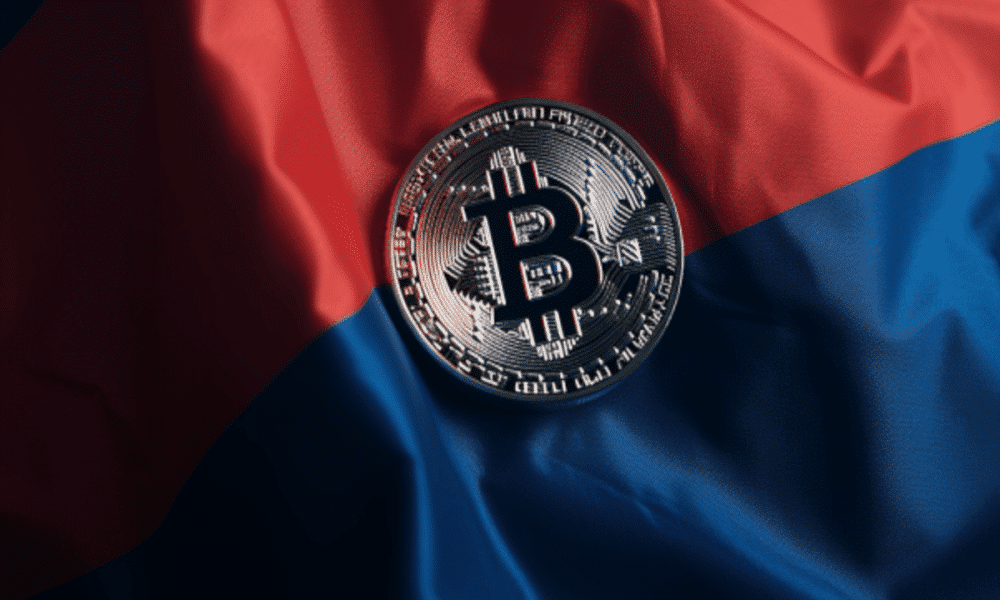News
Russia urges return to wholesale digital ruble model, more inside
Russian lawmakers push the Central Bank to reconsider a wholesale digital ruble model, emphasizing the need for interbank settlements.

- Russia’s deputies have stressed the need for a wholesale model designed for interbank settlements.
- The call for revisiting the wholesale model aligned with global developments.
Deputies in Russia have urged the Central Bank to reconsider the introduction of a wholesale digital ruble model for interbank payments.
The proposal was initially considered in a consultation report in October 2020 (Model A). It was abandoned in April 2021 in favor of a retail model. The deputies argue that the return to a wholesale digital ruble experiment is crucial.
They say there is much to benefit from the flexibility and adaptability offered by experimental wholesale digital money projects worldwide.
The recommendation to reintroduce the wholesale digital ruble experiment is part of the State Duma committee’s suggestions on the Central Bank’s report regarding a unified monetary policy for 2024-2026.
The implemented digital ruble model is retail-oriented, focusing on expanding payment capabilities for the public and businesses. However, the deputies stress the need for a wholesale model designed for interbank settlements.
In their statement, the deputies acknowledge that several foreign countries are exploring digital currencies for wholesale settlements between banks. They believe that Russia must not miss out on these advantages.
This is especially in light of sanctions restrictions requiring the country to reduce dependence on Western payment infrastructure.
Model A suggested for flexibility and adaptability
The deputies argue that a timely turn to a wholesale digital currency model would position Russia favorably. This is as long as such projects globally remain in the experimental phase.
They contend that the Central Bank should proactively develop digital innovations in cross-border payments to mitigate reliance on Western infrastructure.
As part of their recommendations, the deputies propose that the Central Bank includes an analysis of the prospects for a wholesale digital money model in its analytical publications.
This analysis should cover cross-border payments and potential plans for piloting such models. There should also be an assessment of the potential impact on monetary policy transmission mechanisms, financial stability, and price stability.
In the original consultation report from October 2020, the Central Bank outlined four models for introducing the digital ruble in Russia. Model A, the wholesale digital ruble, involved the Central Bank opening wallets for banks to conduct interbank settlements and securities transactions.
However, during the consultation stage, the Central Bank deemed this model unnecessary. The reason being it didn’t offer additional benefits compared to existing payment systems. In April 2021, the regulator decided to abandon Model A in favor of a retail-oriented digital ruble.
The call for revisiting the wholesale model aligns with global developments. Several central banks, including those in China, Canada, and the USA, are working on both retail and wholesale models for Central Bank Digital Currencies [CBDCs].
The European Central Bank and the Bank of Japan already collaborated on cross-border payments in wholesale central bank digital currencies in 2017.
A significant global shift toward CBDCs is underway, with 130 countries exploring the concept, representing 98% of the global GDP. This marks a substantial increase from May 2020 when only 35 countries were considering CBDCs.

